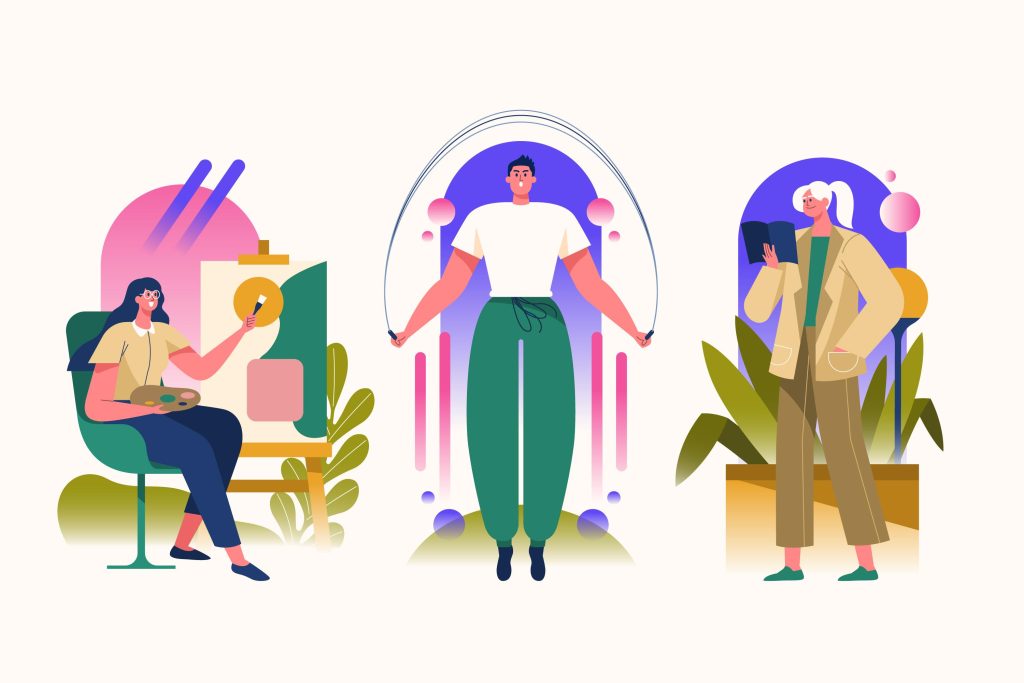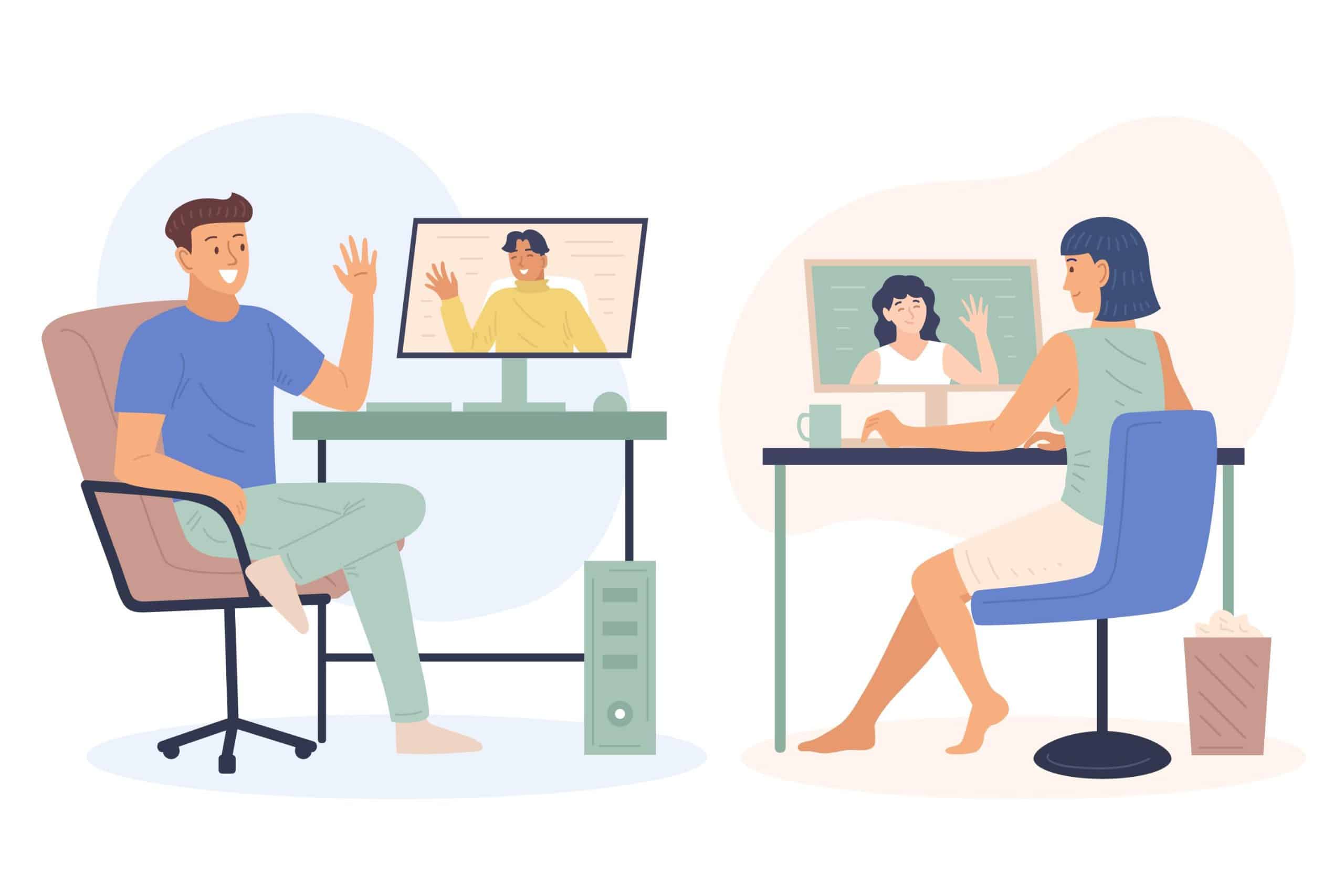In a world where our mental health and productivity take center stage, how physical space reflects mental priorities has become a defining question. From hybrid offices to homes bursting with greenery, our environment is no longer just backdrop—it’s a strategic player in shaping wellness. This article explores powerful emerging trends—especially biophilic and adaptive design—that show how space aligns with mind-space priorities. We’ll look at practical examples, expert insights, and evidence-backed strategies to help you harmonize space and psyche.

Why Physical Environment Reflects Mental Priorities
There’s growing recognition that the spaces we inhabit signal what we value mentally:
- Wellness emphasis: Spaces designed for rest, focus, or healing reflect how much we prioritize mental clarity and recovery.
- Adaptability: Flexible environments show mental agility and openness to new ways of living and working.
- Connection to nature: Incorporating natural elements reflects a desire for stress relief, creativity, and deeper well-being.
In short, our mental priorities are literally built into our spaces.
Trend Spotlight: Biophilic Design Meets Mental Health
What is Biophilic Design?
Biophilic design embeds nature into architecture and interiors, tapping into our innate yearning for life and natural processes.
Key examples include:
- Living walls, indoor water features, and abundant daylight
- Natural materials like wood, stone, and organic textures
- Visual or sensory connections to greenery and wildlife
Why It’s Hoyt: Biophilic Design = Mental Priority
- Stress reduction & faster healing: Studies show nature-connected spaces help lower stress hormones and promote recovery.
- Better cognition & productivity: Offices using greenery, airflow, and daylight see clearer thinking and creativity boosts .
- Emotional comfort & safety: In behavioral health centers, natural textures, lighting, and sensory balance reduce agitation and anxiety.
Biophilic in Action
- Khoo Teck Puat Hospital (Singapore): A “garden hospital” with rooftop gardens, healing courtyards, natural ventilation—yielded 60% less energy use, faster healing, and community engagement.
- Corporate offices & homes: Top design trends highlight living walls and natural light as signatures of wellness‑driven spaces.
Emerging Trend: Neuro‑Adaptive Spaces
Beyond static biophilia, 2025 sees rapid interest in neuro‑adaptive spaces—environments that respond to our mental states in real time.
What Are Neuro‑Adaptive Spaces?
These spaces use sensors, AI, and smart infrastructure to adjust lighting, sound, visuals, and temperature based on emotional or physical cues.
For example:
- Subtle mood detection via facial expressions and body language
- Smart lighting that dims for relaxation or brightens for focus
- Dynamic partitions that rearrange to support collaboration or privacy
Why It Matters: Mental Priorities Get Met Dynamically
- Real‑time mental support: Instead of static design, spaces actively support concentration, rest, and emotional balance.
- Fewer interruptions: Adaptive pods or partitions reduce sensory overload and offer tailored environments.
- Tech melding with wellbeing: Merging neuroscience with built spaces marks a shift from reactive to proactive mental health support.
Hybrid Workspaces: Reflecting Collective Mental Priorities
Post‑pandemic, hybrid work models are mainstream. Environments now signal priorities not just for individuals, but for collaborative mental health.
Hybrid + Mental Health = Spatial Strategy
- Flexible hubs & focus zones: Offices balance open collaboration spaces with quiet pods to support both social creativity and personal concentration.
- Well‑being facilities: Meditation rooms, nap pods, fitness corners—integrated as genuine mental‑wellness investments .
- Tech‑forward comfort: Smart video setup, bio‑feedback lighting, acoustic shading—designed both for functionality and psychological relief.
Putting It Into Practice
- Map your mental goals: deep work, spontaneous brainstorms, decompression
- Carve functional zones: e.g., open lounge, phone booths, rest area
- Integrate mental wellness tools: green walls, circadian lighting, nap spaces
- Keep evolving: Observe usage and use tech feedback for dynamic improvements
Practical Guide: Create Spaces That Reflect Mental Priorities
Whether for home, office, or a community area, here’s a step-by-step guide:
1. Audit Your Mental Priorities
- List what you need: calm, focus, social creativity, sensory balance
- Rank them—where does sleep-quality, stress reduction, or flow matter most?
2. Choose Core Physical Strategies
- For calm & branding: Use biophilic design—plants, natural materials, views
- For focus: Sound-masking, quiet zone, ergonomic seating, adaptive lighting
- For collaboration: Moveable partitions, modular furniture, tech hubs
- For rest: Meditation corner, nap-friendly lighting/music, cozy textures
3. Integrate Technology Smartly
- Install circadian lighting systems that adapt through the day
- Explore neuro‑adaptive prototypes (e.g. sensor-triggered environments)
- Incorporate wellness apps or ambient soundscapes
4. Measure & Optimize
- Get user feedback: What space feels best? When do people work best?
- Use simple data: foot traffic, light levels, occupancy patterns
- Iterate: Rearrange layouts, tweak lighting or furnishings as needs shift
The Broader Picture: Spaces as a Reflection of Mental Values
By designing environments that respond to internal states, we’re doing more than decorating—we’re manifesting what we truly value as a society:
- Mental health as central: We’re putting emotional preservation on par with efficiency.
- Well‑being built in, not layered on: Wellness embedded via architecture and systems.
- Spaces that learn: Adaptive environments blur lines between architecture, tech, and psychology.
It’s no accident that homes, offices, hospitals, and civic buildings are now judged by how well they support mental clarity, emotional balance, and resilience.
Looking Ahead
Trends gaining momentum include:
- Eco‑brutalism: Merging raw architecture with greenery to reflect rugged calm.
- Silent Architecture: Acoustic minimalism for sensory restoration.
- WELL‑certified design: Globally defined standards that codify mental-health setups .
Over time, spaces that adapt to our mental priorities won’t be niche—they’ll be expected.
Conclusion
The conversation around how physical space reflects mental priorities centers on intentional, evidence-backed design. In 2025, the leading edge lies in environments that are:
- Biophilic and sensory-balanced
- Neuro-adaptive and responsive
- Aligned with real psychological needs
By treating spaces as living reflections of our mental lives, we build environments that don’t just support us—they shape us for the better.
References
- Global Wellness Institute – brain health & workplace design arxiv.org+5globalwellnessinstitute.org+5livingetc.com+5arxiv.orgglobalwellnessinstitute.org+7en.wikipedia.org+7plusoneworkplacewellbeing.com+7
- MyCNR – mental health–driven biophilic design advances mycnr.com
- Wikipedia – biophilic design benefits & principles woldae.com+1healthcaredesignmagazine.com+1
- Khoo Teck Puat Hospital as garden-hospital case en.wikipedia.org
- Neuro‑adaptive & robotic partitions research arxiv.org
- Eco‑brutalism trend homesandgardens.com+1sampleboard.com+1
- Silent Architecture trend homesandgardens.com+9globalwellnessinstitute.org+9sentientworkspace.com+9
- WELL Building Standard en.wikipedia.org+1healthcaredesignmagazine.com+1






